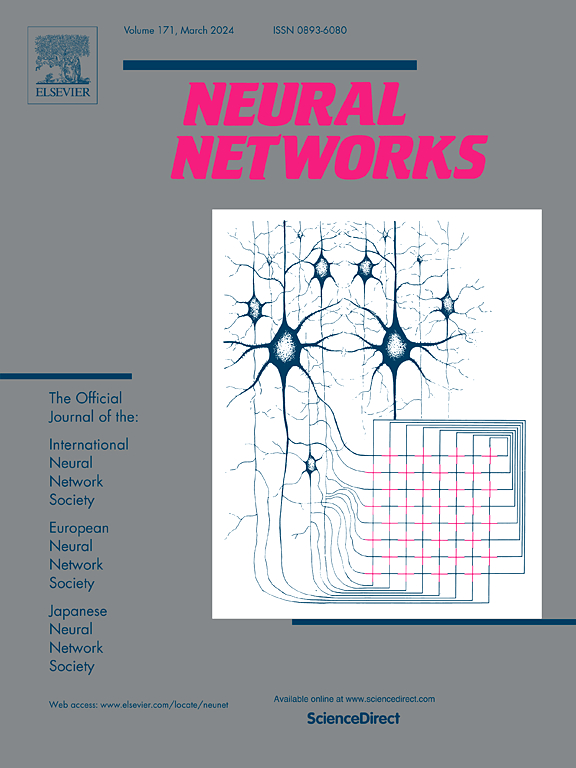Dissecting the effectiveness of deep features as metric of perceptual image quality
IF 6
1区 计算机科学
Q1 COMPUTER SCIENCE, ARTIFICIAL INTELLIGENCE
引用次数: 0
Abstract
There is an open debate on the role of artificial networks to understand the visual brain. Internal representations of images in artificial networks develop human-like properties. In particular, evaluating distortions using differences between internal features is correlated to human perception of distortion. However, the origins of this correlation are not well understood.
Here, we dissect the different factors involved in the emergence of human-like behavior: function, architecture, and environment. To do so, we evaluate the aforementioned human-network correlation at different depths of 46 pre-trained model configurations that include no psycho-visual information. The results show that most of the models correlate better with human opinion than SSIM (a de-facto standard in subjective image quality). Moreover, some models are better than state-of-the-art networks specifically tuned for the application (LPIPS, DISTS). Regarding the function, supervised classification leads to nets that correlate better with humans than the explored models for self- and non-supervised tasks. However, we found that better performance in the task does not imply more human behavior. Regarding the architecture, simpler models correlate better with humans than very deep nets and generally, the highest correlation is not achieved in the last layer. Finally, regarding the environment, training with large natural datasets leads to bigger correlations than training in smaller databases with restricted content, as expected. We also found that the best classification models are not the best for predicting human distances.
In the general debate about understanding human vision, our empirical findings imply that explanations have not to be focused on a single abstraction level, but all function, architecture, and environment are relevant.
求助全文
约1分钟内获得全文
求助全文
来源期刊

Neural Networks
工程技术-计算机:人工智能
CiteScore
13.90
自引率
7.70%
发文量
425
审稿时长
67 days
期刊介绍:
Neural Networks is a platform that aims to foster an international community of scholars and practitioners interested in neural networks, deep learning, and other approaches to artificial intelligence and machine learning. Our journal invites submissions covering various aspects of neural networks research, from computational neuroscience and cognitive modeling to mathematical analyses and engineering applications. By providing a forum for interdisciplinary discussions between biology and technology, we aim to encourage the development of biologically-inspired artificial intelligence.
 求助内容:
求助内容: 应助结果提醒方式:
应助结果提醒方式:


